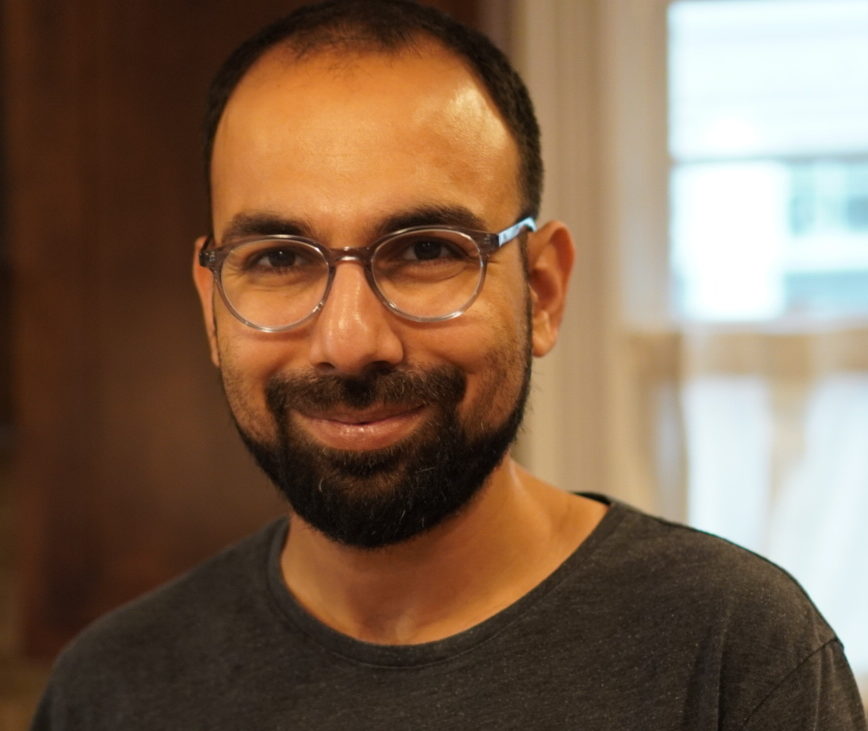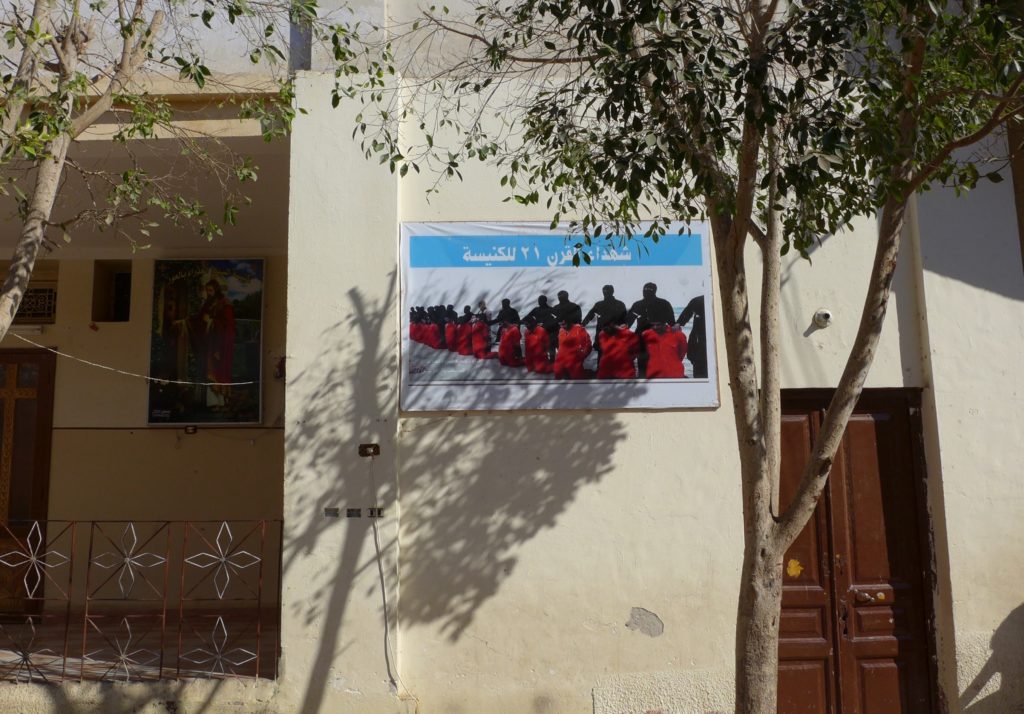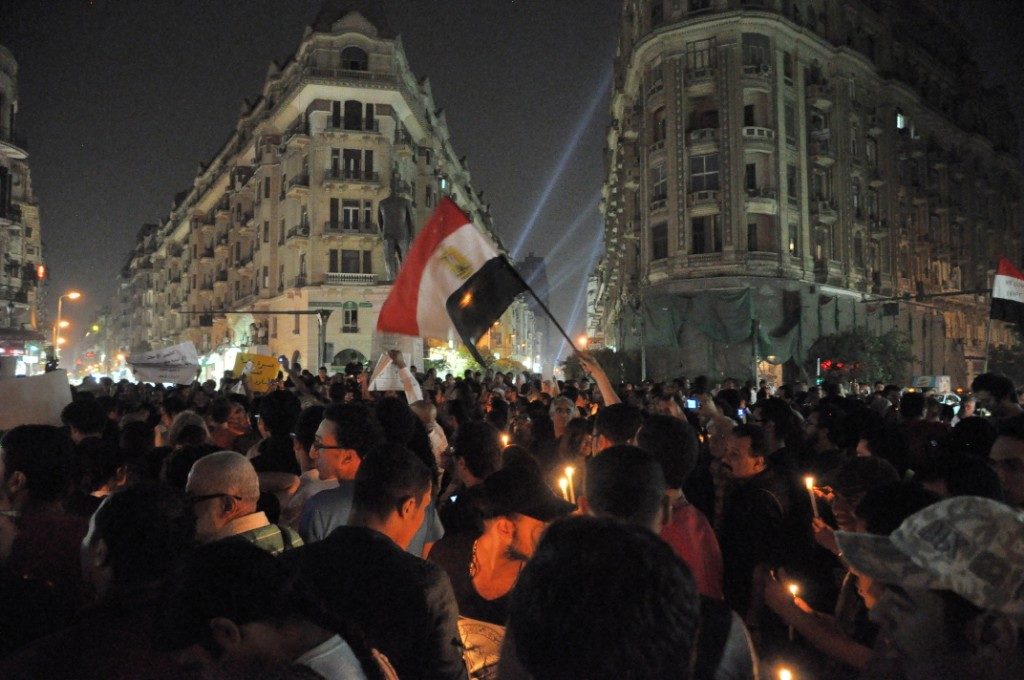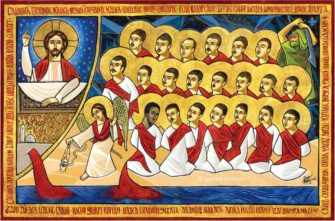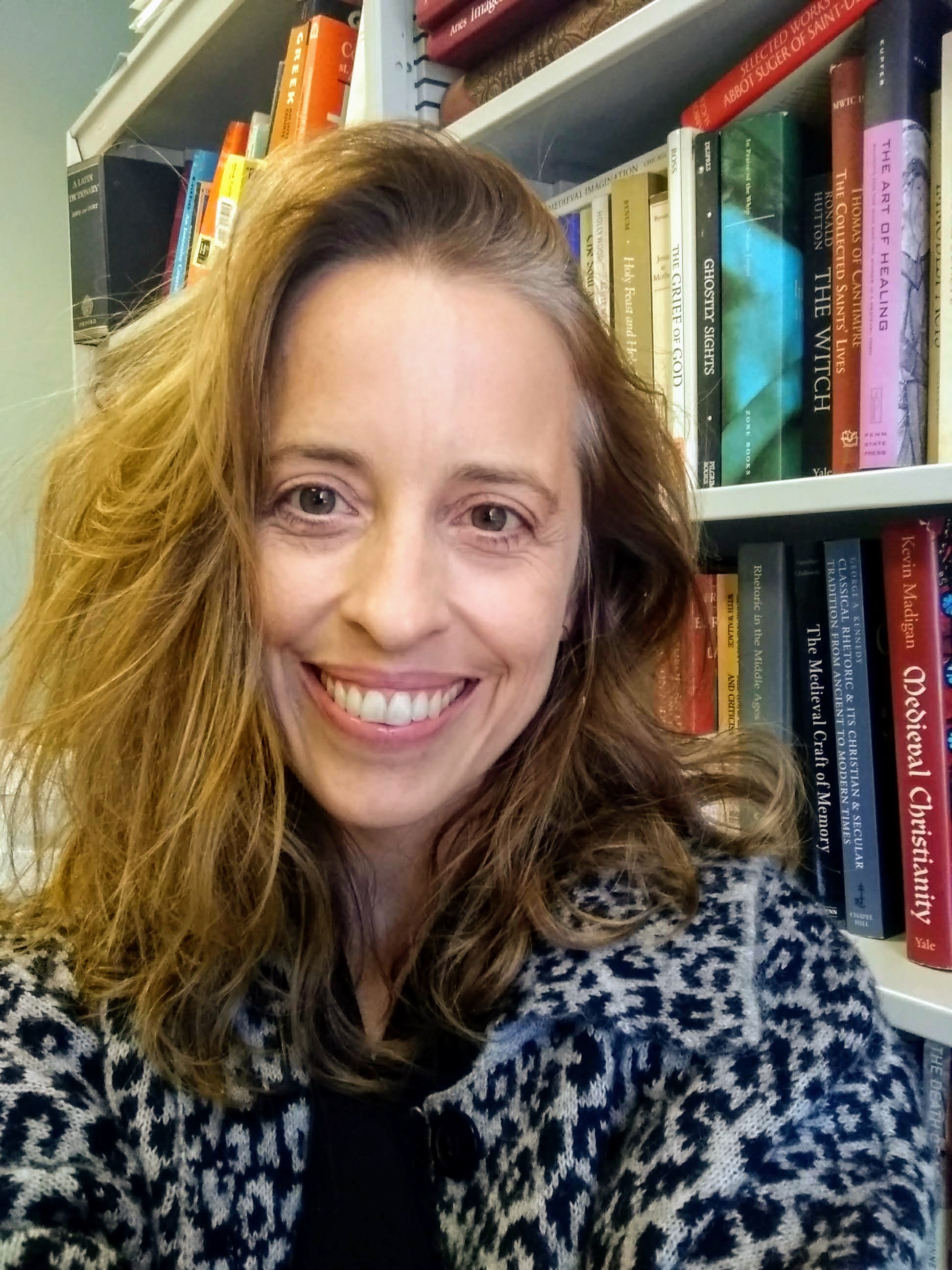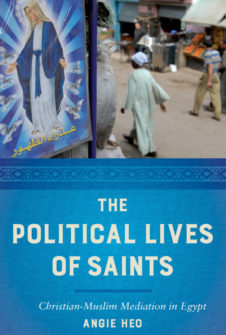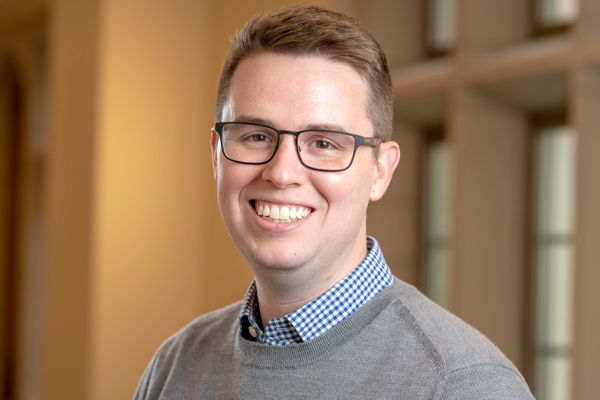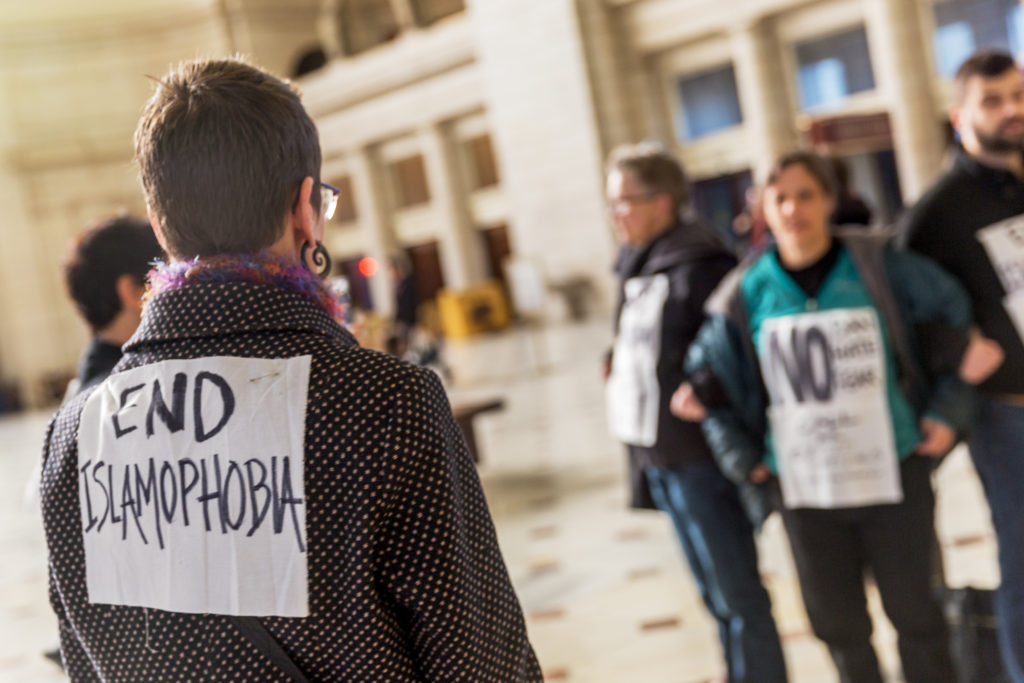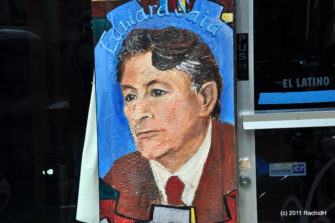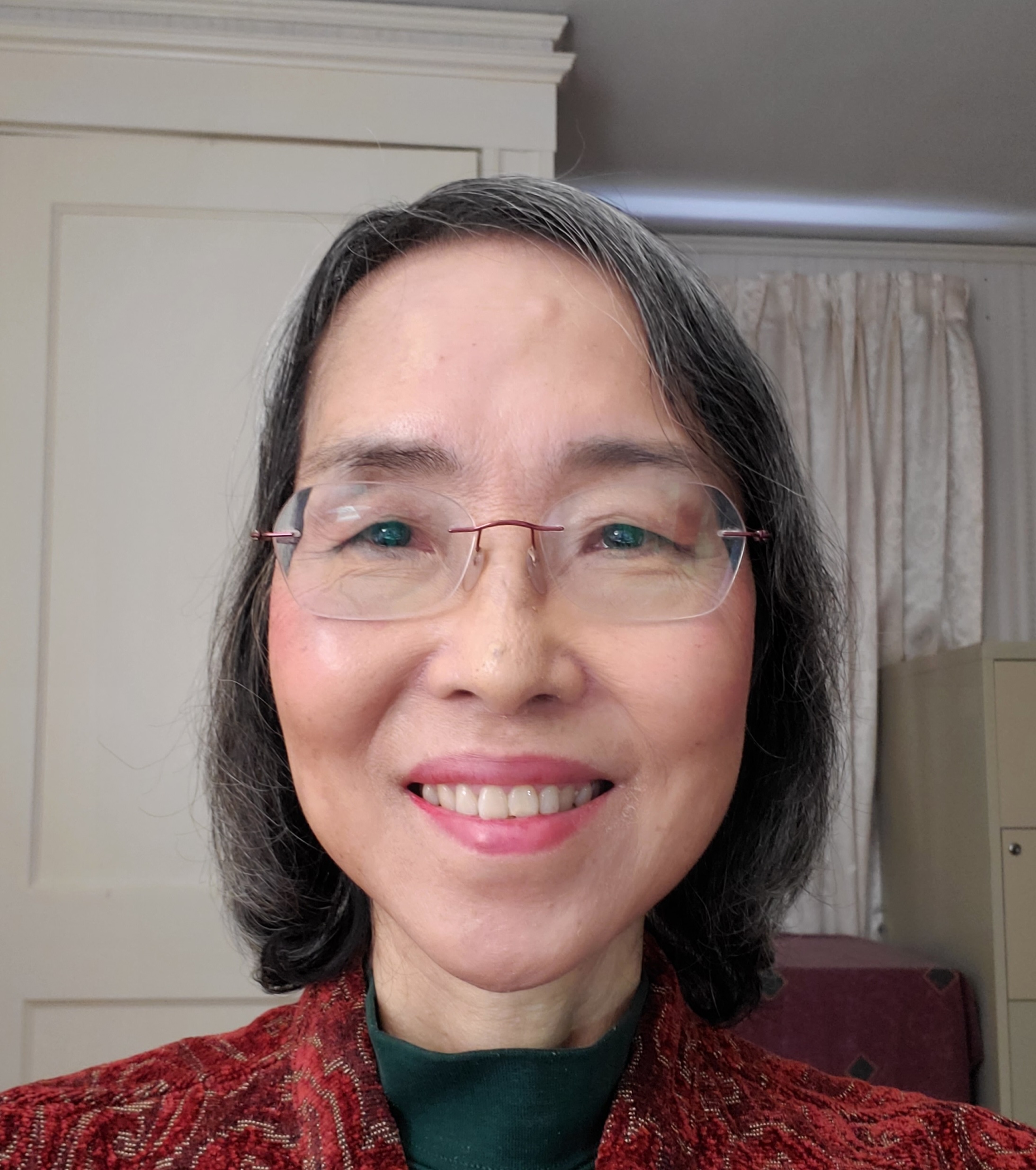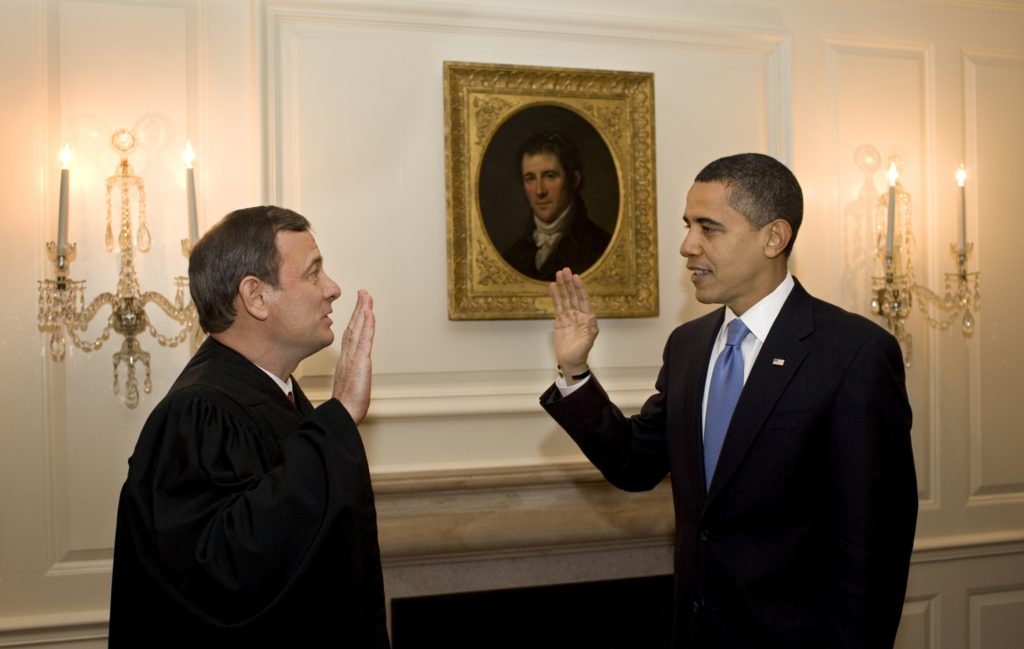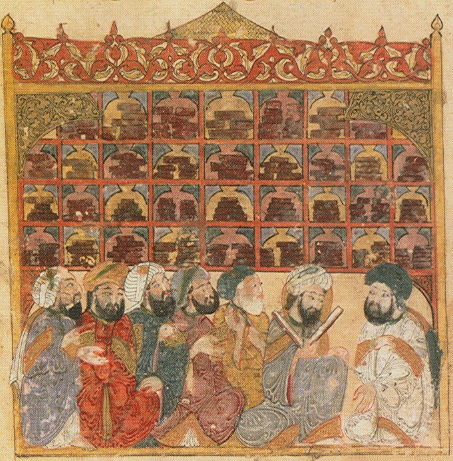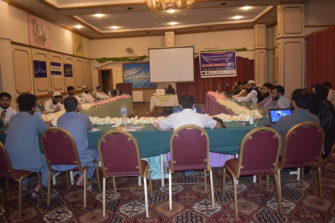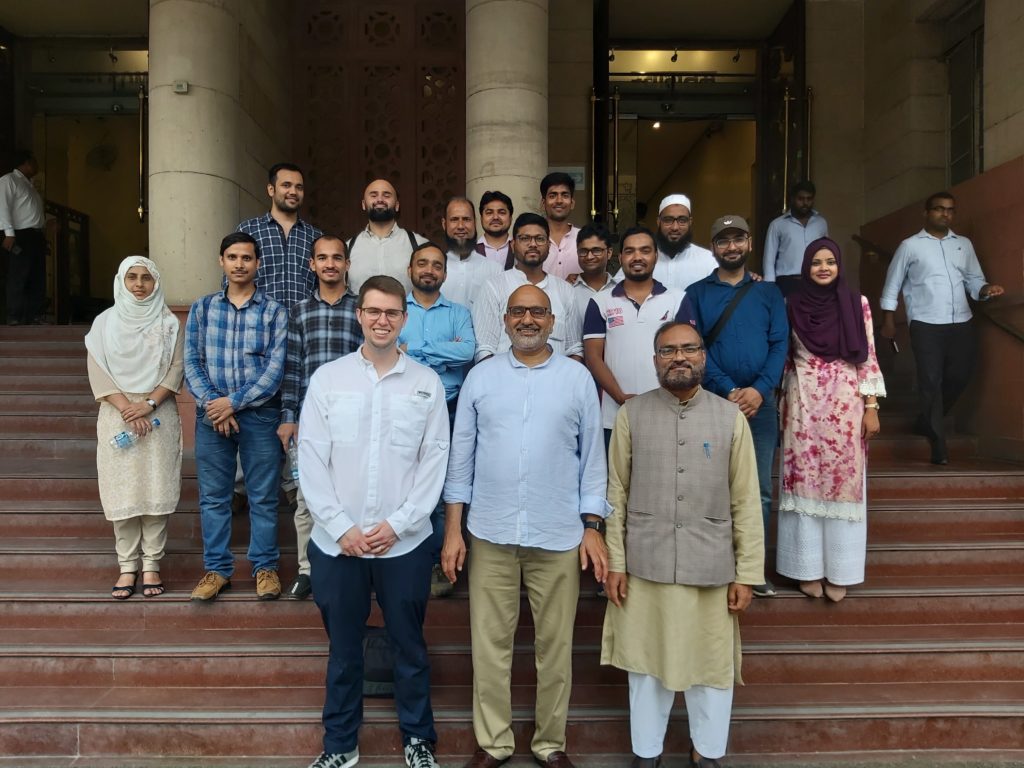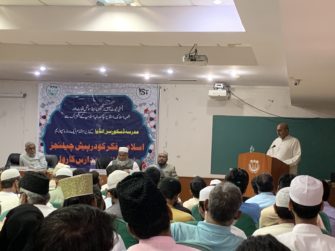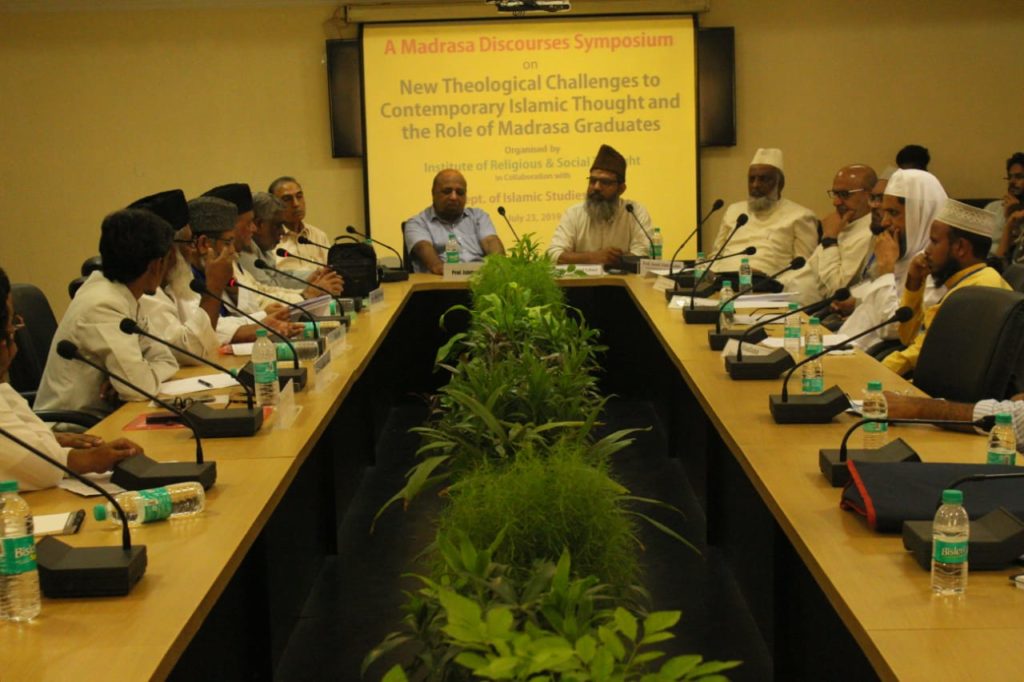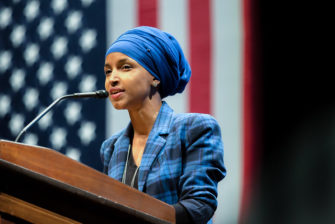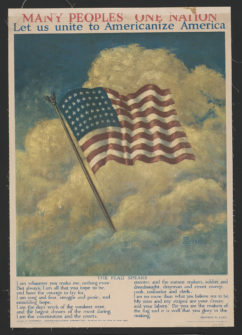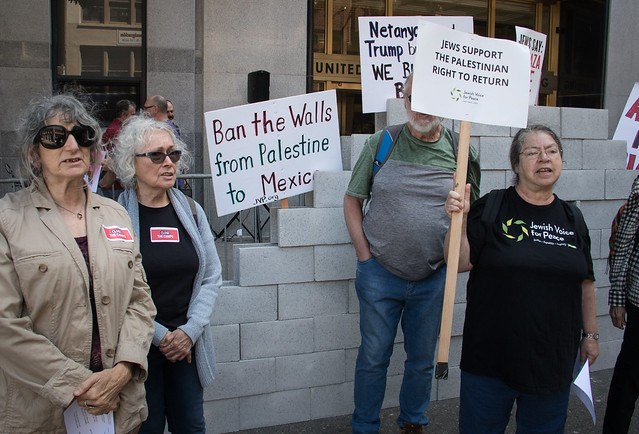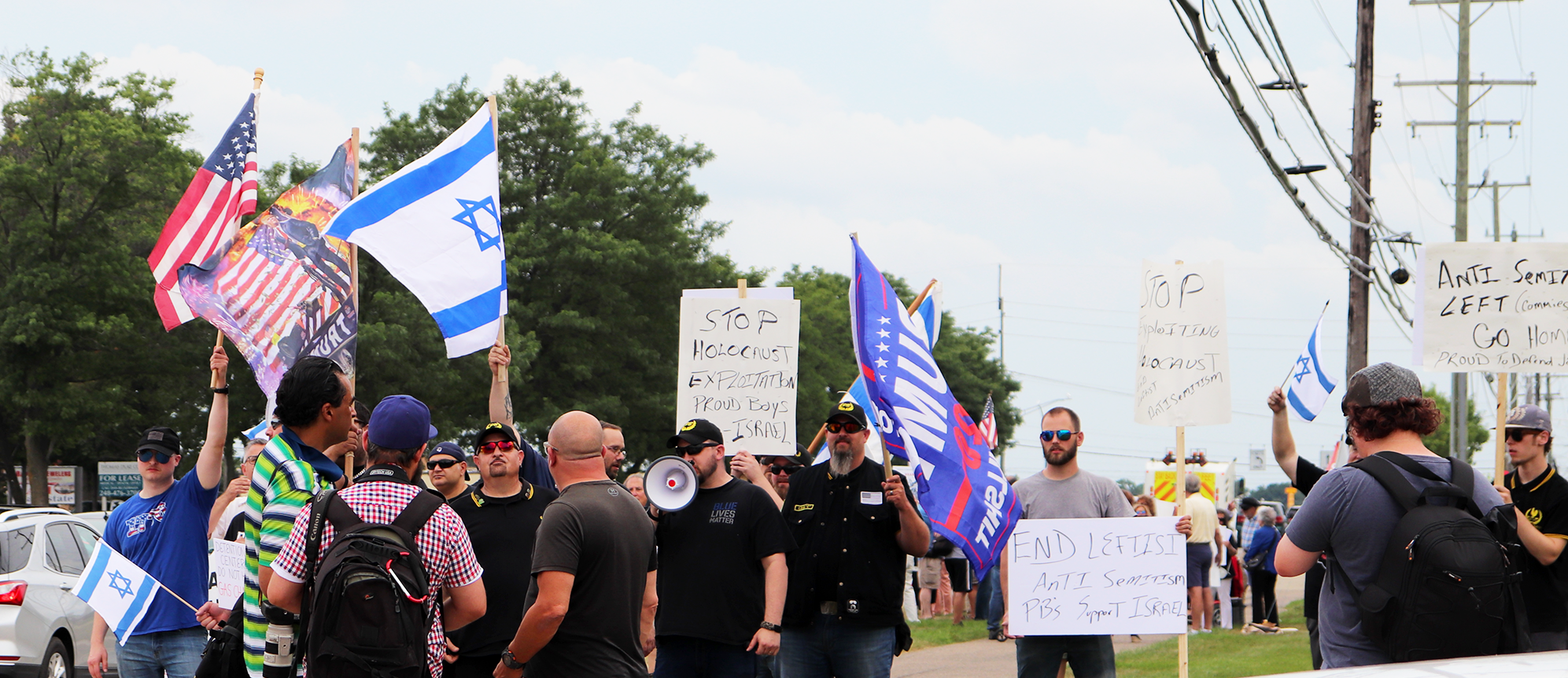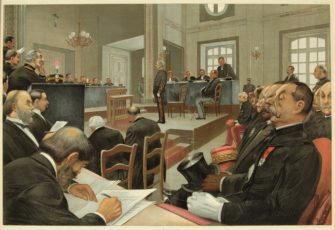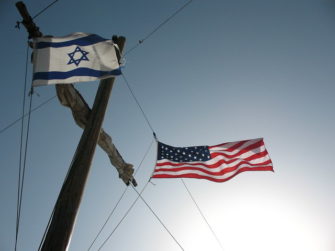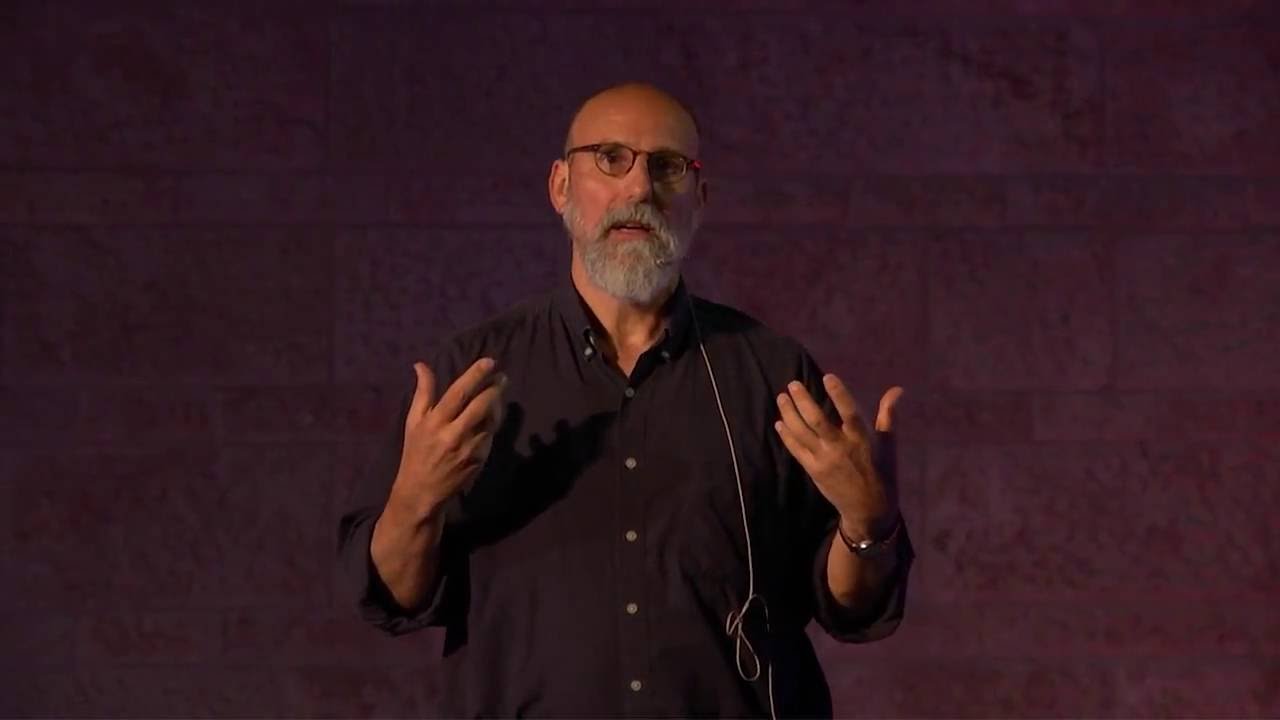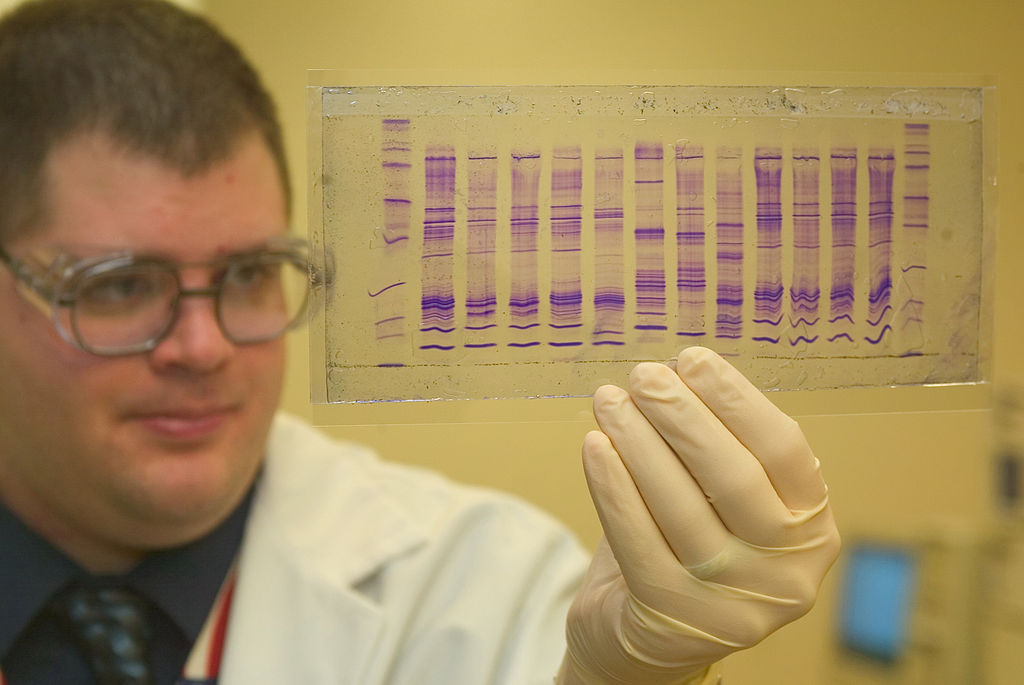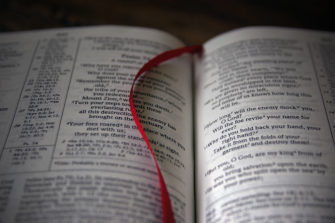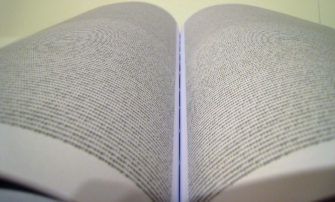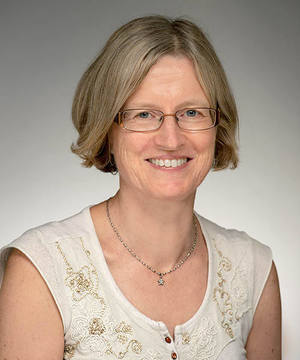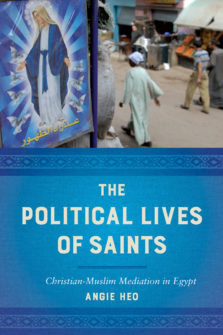
“While collective imaginings of sainthood have been subject to the space and time of modern nationalism, they also offer an inheritance that exceeds the Coptic Church’s institutional grip on miracles, in their secret lives and their sectarianizing fates” (4). I find this sentence from Angie Heo’s introduction to The Political Life of Saints to be an apt summary of this remarkable book. Saints and miracles, while they index otherworldly irruptions into the domain of the mundane, have always been political. Heo’s book does a remarkable job of thinking through the complex ways in which relics, apparitions, and icons central to the Coptic Christian imaginary in contemporary Egypt are deeply intertwined with the political, and how the Coptic Church and the Egyptian state have sought to control and interpret the afterlives of martyrs, collective visions, and saints for explicitly political purposes. This is not the only story this book tells, however. In beautifully constructed dialectical tension, the second half of Heo’s book dwells on stories of how visions and miracles disrupt the carefully patrolled sectarian boundaries of Coptic and Muslim, dis-order the majoritarian “secularism” of the Egyptian state, and make possible a mystical counterpublic that abides “beneath and against the Christian-Muslim divide” and the Islamic domination of the public sphere in Egypt (213). In doing this, the book also gives us new ways of thinking about religion and public life: especially in the ways in which everyday life is full of remarkable encounters at, and experimentation with, the overlapping edges of religious traditions. It is images—whether encountered as dream, apparition, or street-side poster—that are central to these crossings and blurrings. This is very different from the role of increasing religious polarization and violence that “religious” images circulating in public life, such as “angry Hanuman” in India, or Jylland Posten’s deliberately offensive cartoons of the Prophet Muhammad, have played in recent times. Heo’s sensitive ethnography of the lives of miraculous images—both spectacular and everyday—helps us see the pervasiveness of images in public life in a way that is not just about iconoclash, to use Bruno Latour’s term. Rather, she shows us how living with a proliferation of images, as we all do in modernity, is also to live with knowledge and affects that breach the boundaries not just between religions, but between the domains of the religious and the secular.
On the cover of the book is an image of a street side poster of ‘adhra’ al zuhur, the Virgin of the Apparition, who, as Heo notes, is “a touchstone figure in the Coptic Orthodox imagination today” (1). Remarkably, this image, which is widespread throughout Egypt, is the same as the Roman Catholic imagery of the “Miraculous Mary” of 19th century France. The Virgin first appeared in Cairo in 1968. The first witness to the Virgin’s appearance was a Muslim mechanic. In Heo’s analysis, this is a significant, recurring pattern in the evidence marshalled by the Church to authenticate this, and subsequent, Marian apparitions. The Muslim witnesses make it possible for the apparition to be not only a Christian but also an Egyptian miracle. Heo analyzes how, manifesting in the aftermath of the territorial losses suffered by Egypt and other Arab nations in the 1967 Arab-Israeli War, “The apparition, an image of blessing across nation-state borders, offered a material extension of Holy Land that was suddenly out of reach” (100) for both Arab Christians and Muslims. Both the Egyptian state, under President Gamal Abdel Nasser, and the Coptic Church, under Pope Kyrillos, promoted an understanding of the apparition as a sign of Christian-Muslim and pan-Arab unity. And while Muslim witnesses remain important to the Coptic Church’s authentication of miracles, as inter-religious relations have deteriorated in Egypt, Marian apparitions like the 2009 appearance of the Virgin in Warraq, Cairo, have largely been greeted with skepticism by the Muslim majority.
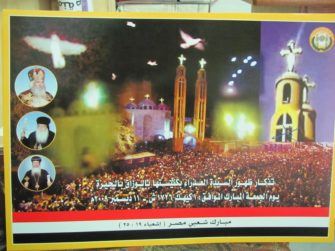
This skepticism, as Heo shows, is linked to “visual and sonic competition” between mosques and churches in mixed neighborhoods like Warraq. But Heo’s ethnographic openness also allows us to glimpse other stories and other potentialities, a miraculous inheritance that exceeds statist policing and identitarian boundaries. At the church in Warraq, one year after the apparitions, Ahmad, a Muslim construction worker approached her and told her the story of how he too had been a witness to the apparition of the Virgin—though the image that he saw contradicted official Church depictions. This vision prompted him to try and build a commemorative monument to honor the Virgin of Warraq. For instance, there is Mus‘ad, a Coptic shopkeeper on intimate terms with members of the Muslim Brotherhood, who “learning from old pamphlets of the spiritual sciences, … prescribes the names of extremely obscure angels (and likely of Islamic origin) to a Muslim customer, and brings his love affair with a female jinn into the institutionally authoritative presence of Pope Kyrillos at the Patriarchate” (147). Jinns, dreams-visitations, religious boundary crossing: this is a world remarkably similar to the one I explore in my book Jinnealogy: Time, Islam, and Ecological Thought in the Medieval Ruins of Delhi. In Delhi too, it is amongst a largely working-class population that “images that come unbidden” (to borrow a phrase from Naveeda Khan) prompt boundary crossings—for instance Hindus going to a Muslim shrine—and radical self-transformations, despite worsening sectarian tensions between Hindus and Muslims. To do justice to the world I was encountering, I had to rethink inherited notions of what constitutes a religious tradition rather than relegate the world I was encountering to the categories of heterodoxy and “syncretism.” Similarly, Heo also draws on a more “distributed and diffuse notion of tradition and authority” (147), and her work pushes the field of the anthropology of religion to think of how “crossovers between religious traditions also intersect with crossovers between institutionally separated disciplines of knowledge—namely that of ‘religion’ and ‘science’” (149). It is in the spirit of such crossovers, inspired by Heo’s work, that I offer my concluding reflections.
In Jinnealogy I ask, “What do we do with a tradition that is encountered not as authoritative discourse but, as it were, out of the corner of one’s eye, in dreams and waking visions, in stories told by neighbors and strangers, in snatches of song playing on the radio (85)?” Heo’s book is valuable because it thinks so deeply and provocatively about images—across the genres and media of apparitions, cinema, dreams, icons, relics, television—as part of the life of religious traditions. And images often do come at us unbidden, out of the corner of one’s eye, changing both the traditions, and its (often unintended) receivers, in unexpected ways. For images carry accreted with them deep histories that often evade the boundary-work of more discursive systems of knowledge (including religious knowledge) production. I am thinking here of the billboards advertising designer wedding wear for men and women in elite parts of South Delhi. The male models are almost all bearded now, and the designer wedding suits they wear are all sherwanis, long formal coats long associated with India’s Muslim elite. In the most exclusionary and Islamophobic parts of India’s capital, at a time when the names of Mughal Muslim rulers are being erased from Delhi’s roads, the larger-than-life models on South Delhi billboards are dressed in fashion that wouldn’t look out of place in a Mughal painting. Images of fashion carry a public secret. We hate the Mughals but we aspire to dress like them. How do we understand this? And how do we understand that the Virgin of the Apparition, made famous across the Arab world in May 1968, appeared not as a Byzantine icon, but as an image from 19th century France?
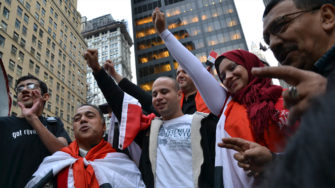
In his recent book, The Mana of Mass Society, Willam Mazzarella proposes the idea of the mimetic archive—rather than “culture”—to better understand the ways in which the collective forces of the social resonate with us (or not). “By likening these collective forces to an archive, I want to invoke the sense of resources deposited and variably available for excavation and citation—for activation” (145). Mazarella’s idea of the mimetic archive also gets us away not just from the idea of culture, but of the binary of “religion” and “culture,” when it comes to thinking about transmission—whether of traditions or of collective social energies. As Heo’s work makes clear, despite the boundary policing of Coptic and Muslim communities, the images of saints and miracles—on street-corners, on television screens, in dreams and waking visions—are an archive of the shared histories, cosmologies, and proximities of Christians and Muslims in Egypt, and also point us to horizons beyond the boundaries of geography and religion. Heo encounters the story of a Coptic man in Australia cured of his blindness by the image of the relic of Saint Marina on his screen: the televisual transmission of baraka or blessing we could say. Is this less or more miraculous than the energies that spread out from Tahrir Square in 2011, through television and computer screens, and inspired Occupy Wall Street? This is only speculation, but perhaps the French-ness of the image of the Virgin of the apparition points us to an earlier moment when a “certain rush of energy” travelled across the globe, an archive of other potentials. For May 1968, when the Virgin of the Apparition appeared in blurry newspaper photographs across the Arab world, was also the month of the Paris protests, a moment when new solidarities were formed, old certitudes were broken, and the world was imagined anew. In looking at popular religion in rural North India, the anthropologist Bhrigupati Singh argues that deities are associated with forms of life and aspiration, and that the waxing and waning of gods and their popularity is linked to the waxing and waning of forms of life. “An ascendant deity has a particular rhythm, musical, moral and temporal… ,” Singh argues, “a deity must add something ‘new’ to an ongoing movement of life” (441). In May 1968, another world was possible, as the slogan goes. Could these “secular” energies dress in religious garb from the mimetic archive? Could this be the secret life of the Virgin’s miraculous apparition in French fashion, the inheritance that exceeded the Coptic Church’s institutional grip?

